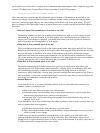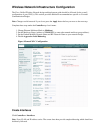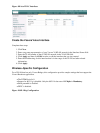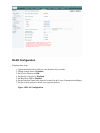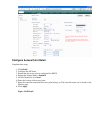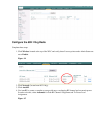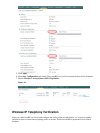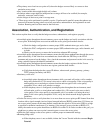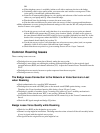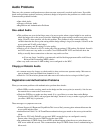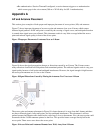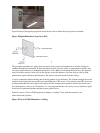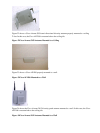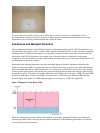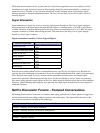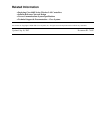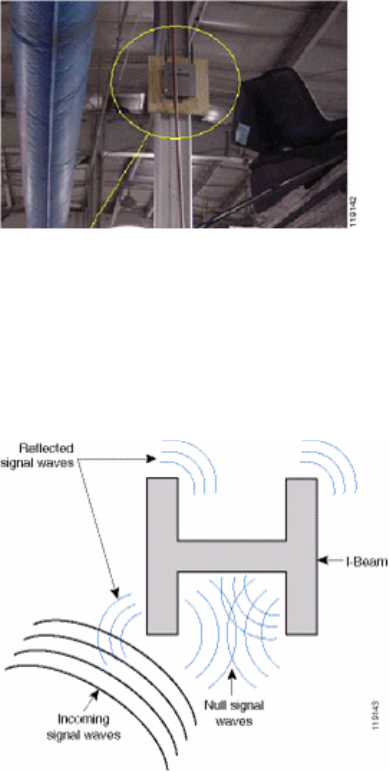
Re−authentication / Session TimeoutIf configured, a session timeout triggers a re−authentication
which causes gaps in the voice stream (300 ms + WAN delay for 802.1x authentication).
•
Appendix A
AP and Antenna Placement
This section gives examples of both proper and improper placement of access points (APs) and antennas.
Figure 17 shows improper placement of an access point and antennas close to an I−beam, which creates
distorted signal patterns. An RF null point is created by the crossing of signal waves, and multipath distortion
is created when signal waves are reflected. This placement results in very little coverage behind the access
point and reduced signal quality in front of the access point.
Figure 17Improper Placement of Antennas Near an I−Beam
Figure 18 shows the signal propagation changes or distortions caused by an I−beam. The I−beam creates
many reflections from both received packets and transmitted packets. The reflected signals result in very poor
signal quality because of null points and multipath interference. However, the signal strength is high because
the access point antennas are so close to the I−beam.
Figure 18Signal Distortions Caused by Placing the Antennas Too Close to an I−Beam
The access point and antenna placement in Figure 19 is better because it is away from the I−beams and there
are fewer reflected signals, fewer null points, and less multipath interference. This placement is still not
perfect because the Ethernet cable should not be coiled up so close to the antenna. Also, the access point could
be turned with the 2.4GHz antennas pointed to the floor. This provides better coverage directly below the
access point. There are no users above the access point.
Figure 19Access Point and Antennas Mounted on a Wall, Away from I−Beams



